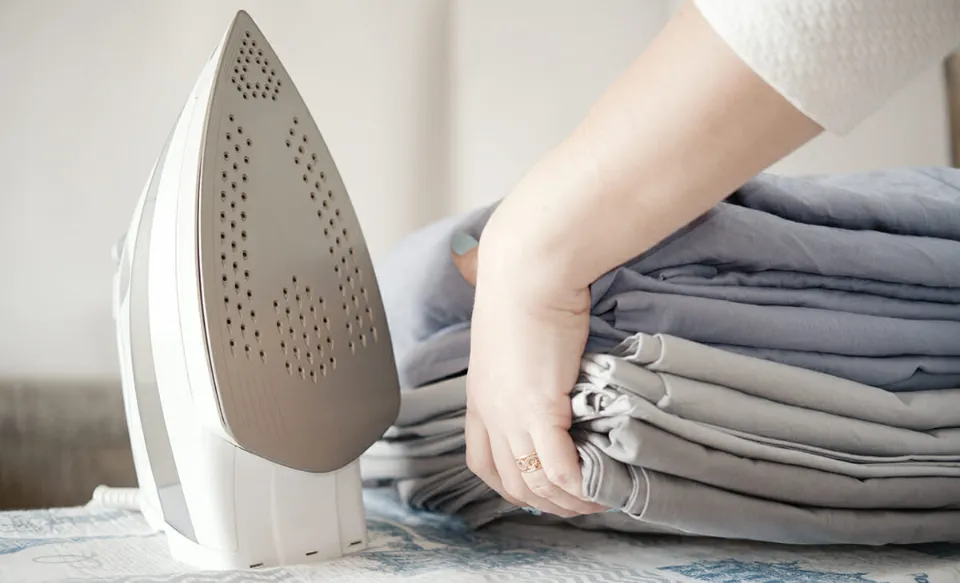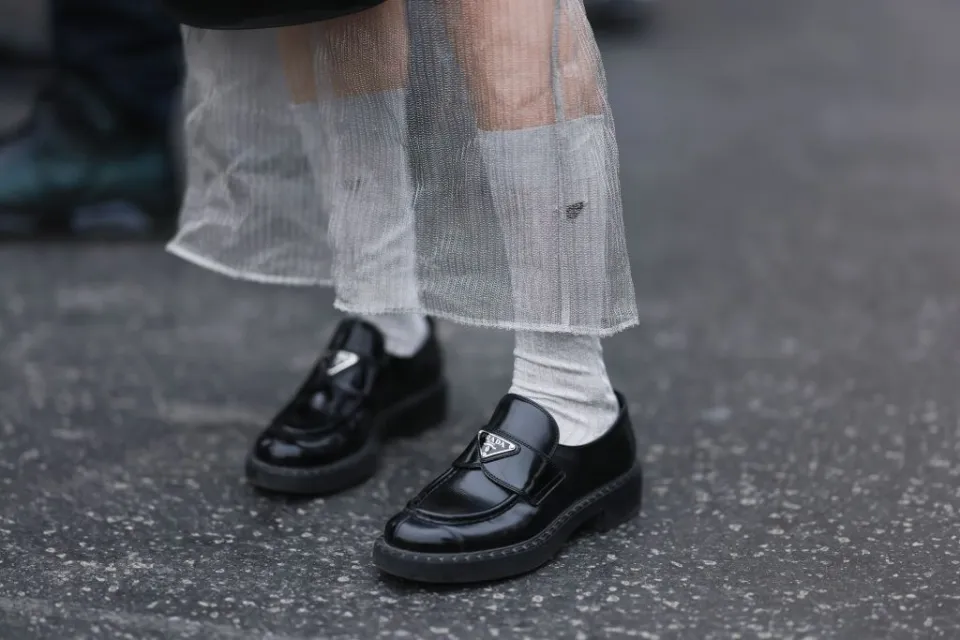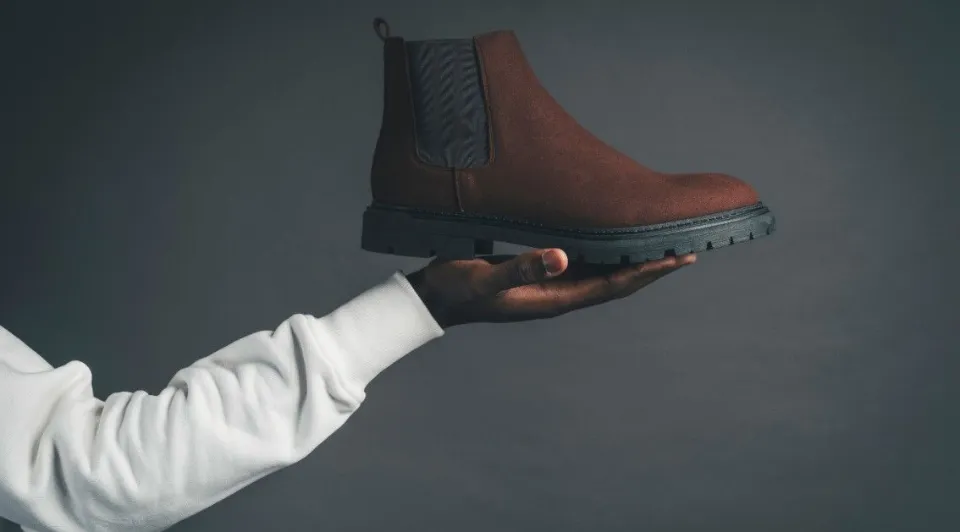When the weather is hot and humid, linen clothing is the ideal choice. For everyday wear, taking good care of them is crucial. Do you know how to iron linen pants?
Linen is a great fabric choice, but it is so prone to creases and wrinkles. Thankfully, ironing linen clothing is not particularly difficult.
This instruction manual shows you how to properly iron linen pants.
Can You Iron Linen Pants?
Yes, you can iron linen to get rid of creases, but you’ll need to follow specific steps to get the best result.
For instance, you’ll need to dampen your linen shirt before pressing it with a high heat setting on your iron.
Also Read: Do Linen Pants Shrink?
How to Iron Linen Pants?
Here is a step-by-step on how to iron linen pants.
Prepare Your Pant
Start by making sure your linen pants are properly cleaned and ready for drying. Pick them while they are still slightly damp, but don’t completely dry them out.
You can lightly mist them with water or use a damp cloth to moisten them if they have already completely dried before starting the ironing process.
Set the Heat
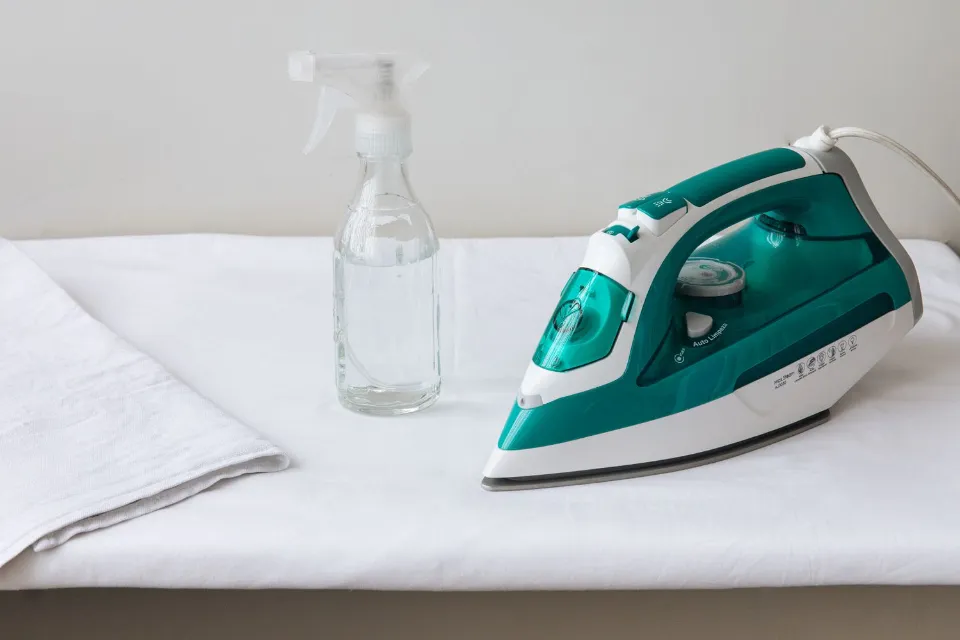
Heating the iron to the proper temperature is the next step. If there is no linen option, set your iron to the highest heat setting.
The natural wrinkles in linen can be minimized by using a hot iron. The same rule goes when it comes to iron linen bedding.
Iron Every Portion
Set the cloth in the ironing position and place the pants on the ironing board. Any wrinkles that are visible should be smoothed out.
Now start using steam, if available, to gently iron over the waistband and pocket area.
Keep everything in place, especially if it is a pair of pants. Ironing the pocket’s interior side will help the crease take better. If you want to protect the fabric, be careful not to put too much pressure on it.
Iron the Legs
After that, iron the pants’ legs. One leg at a time is best to begin with. Stretch out the leg and place it flat on the ironing board.
Follow the fabric’s grain as you slowly move the iron down the leg, starting at the top. Repeat the process by flipping to the other leg’s side. Repeat the procedure for the second leg.
Pay Attention to Details
The pants’ pleats and creases should be ironed with extra care. Gently press these areas with the iron’s tip as you work.
Fold the pant cuffs and iron them by passing the iron over the folded edge while doing so. The best outcomes will be given to you by doing so.
Hang Or Fold Immediately
Once you have finished ironing, it is advisable to hang or fold the linen shirtsor pants immediately to prevent forming of any new wrinkles.
The appearance of being wrinkle-free can be preserved by hanging them.
What Temperature is the Best for Ironing Linen Clothes?
The ideal linen iron temperature is 445 degrees Fahrenheit/230°C.
To make sure your line cloth can be ironed, it is advised that you check the care label.
Tips for Successfully Ironing Linen Pants and Shirts
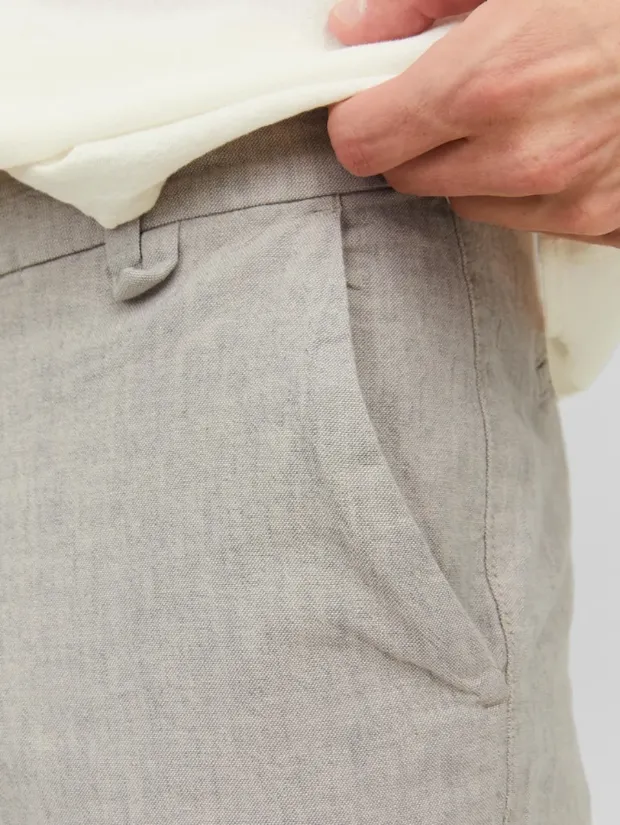
- Give linen clothing a good spritz with plain, cool water at least five to ten minutes before ironing. Watch out for the shirt’s collar, cuffs, pocket flaps, and button plackets in particular. Allow moisture to permeate the linen fibers by rolling the garment loosely.
- Set the steam iron to the cotton/linen setting or high heat. Make sure the water tank is filled with water, and that the faceplate of the iron is clean.
- Use an old terry cloth towel underneath the linen if your ironing board cover is fraying or heavily stained. This will give you a neat finish, cushion the surface, and safeguard any buttons on the garment.
- In the event that the linen has embroidery, padding is especially crucial. Iron the embroidered area first and always iron the wrong side.
- To achieve a smooth finish, begin with the heavier areas of the shirt or pants (collars, cuffs, waistbands) before moving on to lighter areas.
- To avoid scorching, keep the iron moving continuously and smoothly. Overstaying your welcome can result in disaster.
- Stretching out the fabric gently while ironing will help create even edges and corners. You can straighten out crumpled areas while the fabric is still hot and damp.
- To avoid shiny spots, press linen garments from the wrong side or with a pressing cloth. This is especially crucial when using darker hues.
- For areas like collars and cuffs that you want to be especially crisp, use spray-on starch or fabric sizing. Additionally, the starch aids in stain resistance for the linen.
- After ironing, hang the item to dry completely in a room without too many people.
Things to Avoid When Ironing Linen Clothes
- Instead of ironing dry your linen garments, dampen them by misting the surface of your garments with water from a spray bottle.
- To prevent scorching the linen cloth, don’t press the iron too hard or stand still for too long.
- After ironing, don’t fold linen clothes. To avoid wrinkling, hang them on a padded hanger instead.
Takeaway: How to Iron Linen Pants
After ironing, hang your linen pants somewhere they can breathe and fully dry. In order for the wind to do its job, it is best to let them try outside.
However, protect your linen darlings from the sun as it can fade the color out. When ironing linen clothing, keep these instructions in mind so that they will last for many years.
The information in this article should assist you in avoiding the most typical ironing errors.
Read More: Are Linen Pants Business Casual?
FAQs About Iron Linen Pants
Can You Iron Linen Shirt?
All types of linen clothing, including line shirts, can be ironed.
Should You Iron Linen?
Actually, a person’s choice of appearance is up to them. Being a natural fiber, linen has a tendency to crumple and may not be everyone’s preference with or without routine ironing.
How Do You Get Wrinkles Out of Linen Pants?
By hanging in a steamy bathroom or using a proper steamer, you can dry clean damp linens.

